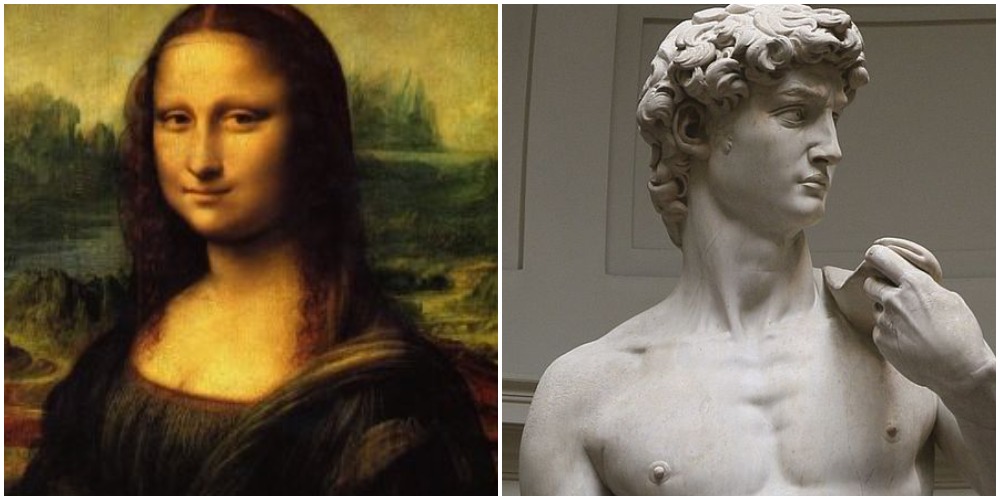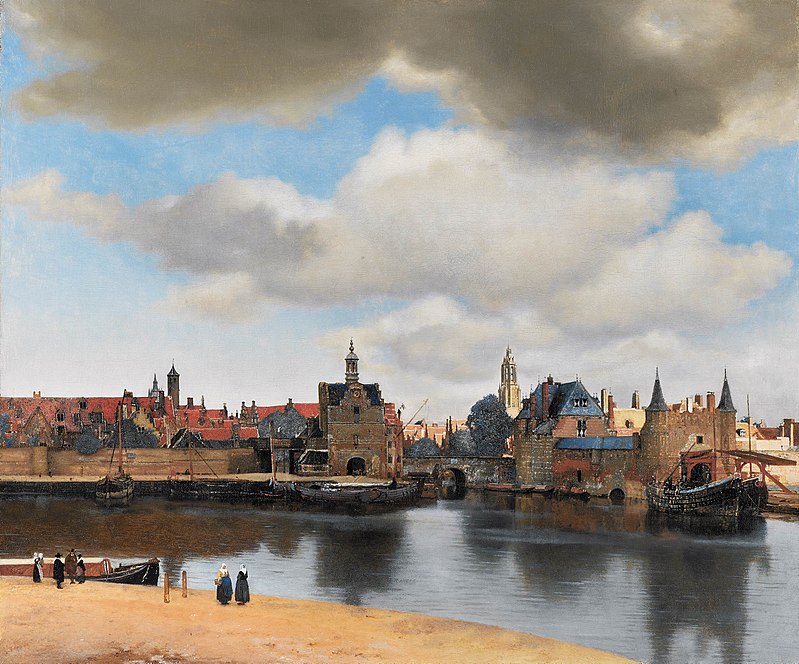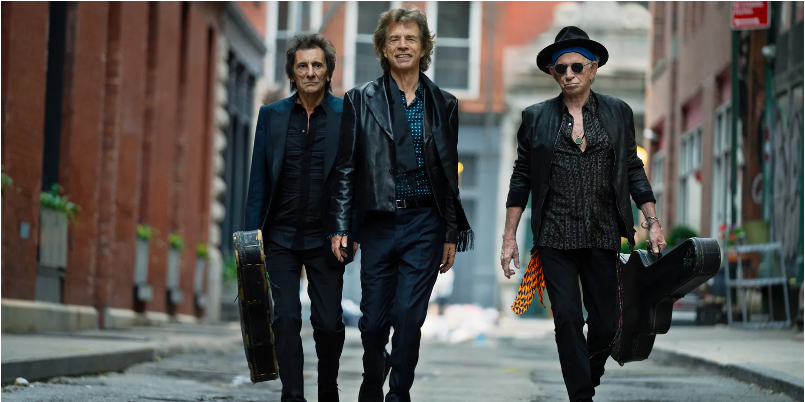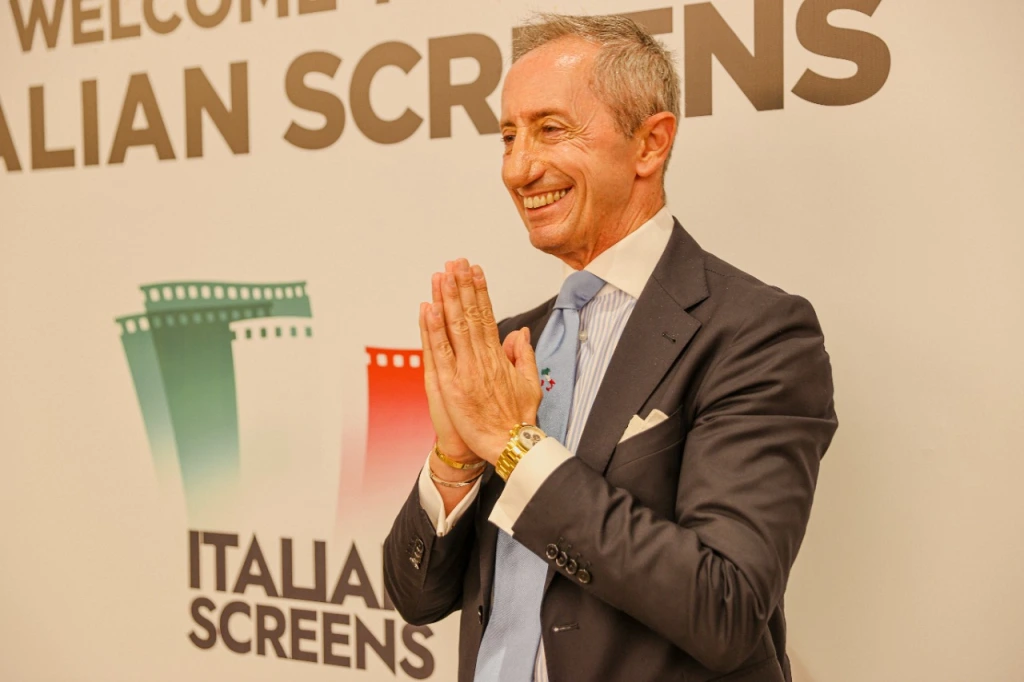The history of art teaches us that the status of any given artist is elevated in accordance with the status of said artist’s antagonist. This is true in modern art as it is true of ancient art. It appears that we, as humans, are simply programmed to tell stories that way. The Beatles and The Rolling Stones. Paul Cezanne and Vincent Van Gogh. Francois Truffaut and Jean-Luc Godard. The list is endless.
Another renowned rivalry was that between Leonardo and Michelangelo. Leonardo Da Vinci was born in 1454. Michelangelo Buonarroti was born in 1475. Both were active around the same time, between the Renaissance and the High Renaissance. In fact, both embodied the archetype of the “Renaissance Man,” one who is able to express creativity through a wide-variety of artforms.
Yet, both were radically different and their feud was not only generational. It was profoundly ideological. For instance, they did not share the same views on which was the higher of the artforms. Leonardo thought that painting was the most important of artforms because of the versatility and freedom it granted an artist to represent things, even those unseen. We see such potential expressed, for instance, in the Mona Lisa, including via the spectacular vastness of its landscape that could only have existed in the mind of Leonardo himself.

Michelangelo, on the other hand, appears to have been inspired by the more rigorous artform of sculpture. He preferred to focus on the detail of one thing, which generally was the naked male body. In such works as the David, more than the concept, we admire the size and anatomical details. There’s great poetry to be found in the composition itself. The David is not perfectly proportioned and yet, such apparent imperfection makes this giant all the more cerebral and dramatic.
This ideological disagreement is even more evident when we compare the paintings of these two artists. Leonardo’s paintings are rich in multiplicity whereas Michelangelo often pays little to no attention to backdrops. Even his paintings are rather sculptural and in the most famous of cases, his subjects seem to burst out of the canvas.
It is a lesser-known fact that Leonardo was also a musician. Obviously, he lived long before audio recording was possible. Because of that, no primary source documentation of his music exists. What we know through his journals and writings is that he admired the art of music for the same reasons as he did painting – for its lack of restrictions. By the same degree, he did not think much of poetry. Poets, he believed, were restricted by language itself, forced to follow a word with another and another and another…

Again, it should not be surprising that Michelangelo was also a poet and revelled in the challenge of the restrictions posed by semantics. In fact, his approach to poetry appears to be sculptural and for a period of time, he dedicated himself to it almost wholly – despite the many commissions of sculptures and paintings that began piling up before he had reached the age of 30.
Biographical accounts tell us that their ideological divergences were reflected in their opposite character traits and personalities. Leonardo was charming and elegant. Michelangelo was a recluse with little time for vanity or fashion. From this, we may deduce that both also used different approaches in landing prestigious commissions. Leonardo’s charm helped him pitch the works to wealthy patrons. On the other hand, wealthy patrons trusted Michelangelo’s diligence and commitment, which Leonardo sometimes appeared to lack.
It must be said that both men knew each other and may even have respected each other at some time. But their relationship came to an abrupt end in the early 1500s after a public quarrel in Florence, supposedly over the interpretation of a passage from Dante’s Divine Comedy. Shortly thereafter, there was a missed opportunity for a direct confrontation when both men were commissioned to produce a work depicting the same famous battle between the Florentines and the Pisans that ultimately did not come to fruition.
Yet, it is undeniable that both men also influenced each other’s art. For instance, Leonardo returned to his research of anatomy, which Michelangelo was a known practitioner of. Michelangelo, on the other hand, would come to see Leonardo as his rival and use the energy this generated within him to fuel his furnace of ambition.





Leave a Reply